Effect of Pore Defects on Mechanical Properties of Graphene Reinforced Aluminum Nanocomposites
Abstract
:1. Introduction
2. Methods
3. Results and Discussions
3.1. Effect of Porosity on Mechanical Behavior of GRANs
3.2. Effect of Different Porosities on the Mechanical Behavior of GRANs
3.3. Effect of Pore Size on Mechanical Behavior of GRANs
4. Conclusions
Author Contributions
Funding
Acknowledgments
Conflicts of Interest
References
- Novoselov, K.S.; Geim, A.K.; Morozov, S.V.; Jiang, D.; Zhang, Y.; Dubonos, S.V.; Grigorieva, I.V.; Firso, A.A. Electric Field Effect in Atomically Thin Carbon Films. Science 2004, 306, 666–669. [Google Scholar] [CrossRef] [PubMed] [Green Version]
- Li, D.S.; Ye, Y.; Liao, X.J.; Qin, Q.H. A novel method for preparing and characterizing graphene nanoplatelets/aluminum nanocomposites. Nano Res. 2018, 11, 1642–1650. [Google Scholar] [CrossRef]
- Dasari, B.L.; Brabazon, D.; Naher, S. Prediction of Mechanical Properties of Graphene Oxide Reinforced Aluminum Composites. Metals 2019, 9, 1077. [Google Scholar] [CrossRef] [Green Version]
- Porwal, H.; Tatarko, P.; Grasso, S.; Khaliq, J.; Dlouhý, I.; Reece, M.J. Graphene reinforced alumina nano-composite. Carbon 2013, 64, 359–369. [Google Scholar] [CrossRef]
- Peng, Y.; Hu, Y.; Han, L.; Ren, C. Ultrasound-assisted fabrication of dispersed two-dimensional copper/reduced graphene oxide nanosheets nanocomposites. Compos. Part B Eng. 2014, 58, 473–477. [Google Scholar] [CrossRef]
- Liu, J.; Yan, H.; Jiang, K. Mechanical properties of graphene platelet-reinforced alumina ceramic composites. Ceram. Int. 2013, 39, 6215–6221. [Google Scholar] [CrossRef]
- Kanit, T.; Forest, S.; Galliet, I.; Mounoury, V.; Jeulin, D. Determination of the size of the representative volume element for random composites: Statistical and numerical approach. Int. J. Solids Struct. 2003, 40, 3647–3679. [Google Scholar] [CrossRef]
- Harper, L.T.; Qian, C.; Turner, T.A.; Li, S.; Warrior, N.A. Representative volume elements for discontinuous carbon fibre composites-Part 1: Boundary conditions. Compos. Sci. Technol. 2012, 72, 225–234. [Google Scholar] [CrossRef]
- Huang, X.; Qi, X.; Boey, F.; Zhang, H. Graphene-Based Composites. Chem. Soc. Rev. 2012, 41, 666–686. [Google Scholar] [CrossRef] [PubMed]
- Singh, V.; Joung, D.; Zhai, L.; Das, S.; Khondaker, S.I.; Seal, S. Graphene based materials: Past, present and future. Prog. Mater. Sci. 2011, 56, 1178–1271. [Google Scholar] [CrossRef]
- Hu, Y.; Jin, J.; Wu, P.; Zhang, H.; Cai, C. Graphene–gold nanostructure composites fabricated by electrodeposition and their electrocatalytic activity toward the oxygen reduction and glucose oxidation. Electrochim. Acta 2010, 56, 491–500. [Google Scholar] [CrossRef]
- Protich, Z.; Wong, P.; Santhanam, K.S.V. A new graphene composite with a high coulombic efficiency. J. Power Sources 2016, 33215, 337–344. [Google Scholar] [CrossRef] [Green Version]
- Niyitanga, T.; Jeong, H.K. Graphite oxide and molybdenum disulfide composite for hydrogen evolution reaction. Chem. Phys. Lett. 2017, 6851, 451–456. [Google Scholar] [CrossRef]
- Lin, Q.Y.; Zeng, Y.H.; Liu, D.; Jing, G.Y.; Liao, Z.M.; Yu, D. Step-by-step fracture of two-layer stacked graphene membranes. ACS Nano 2014, 8, 10246–10251. [Google Scholar] [CrossRef] [PubMed]
- Tang, J.M.; Lee, W.I.; Springer, G.S. Effects of cure pressure on resin flow, voids, and mechanical propertise. J. Compos. Mater. 1987, 21, 421–440. [Google Scholar] [CrossRef]
- Mokhireva, K.A.; Svistkov, A.L.; Solod’ko, V.N.; Komar, L.A.; Stöckelhuber, K.W. Experimental analysis of the effect of carbon nanoparticles with different geometry on the appearance of anisotropy of mechanical properties in elastomeric composites. Polym. Test. 2017, 59, 46–54. [Google Scholar] [CrossRef]
- Zhang, W.; Yamashita, S.; Kita, H. Progress in tribological research of SiC ceramics in unlubricated sliding-A review. Mater. Des. 2020, 190, 108528. [Google Scholar] [CrossRef]
- Xu, G.; Aydemir, N.; Kilmartin, P.A.; Travas-Sejdic, J. Direct laser scribed graphene/PVDF-HFP composite electrodes with improved mechanical water wear and their electrochemistry. Appl. Mater. Today 2017, 8, 35–43. [Google Scholar] [CrossRef]
- Dixit, S.; Mahata, A.; Mahapatra, D.R.; Kailas, S.V.; Chattopadhyay, K. Multi-layer grapheme reinforced aluminum—Manufacturing of high strength composite by friction stir alloying. Compos. Part B Eng. 2018, 1361, 63–71. [Google Scholar] [CrossRef]
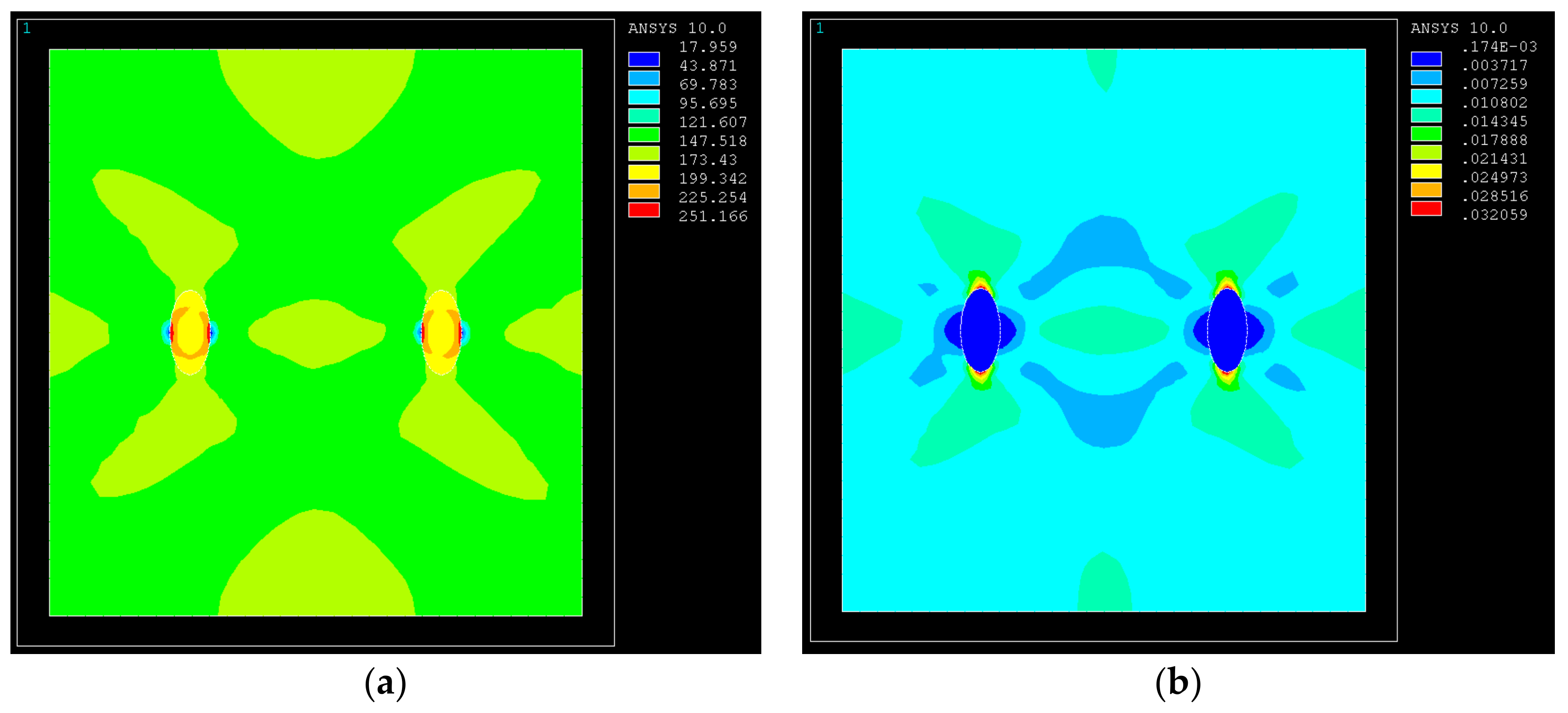
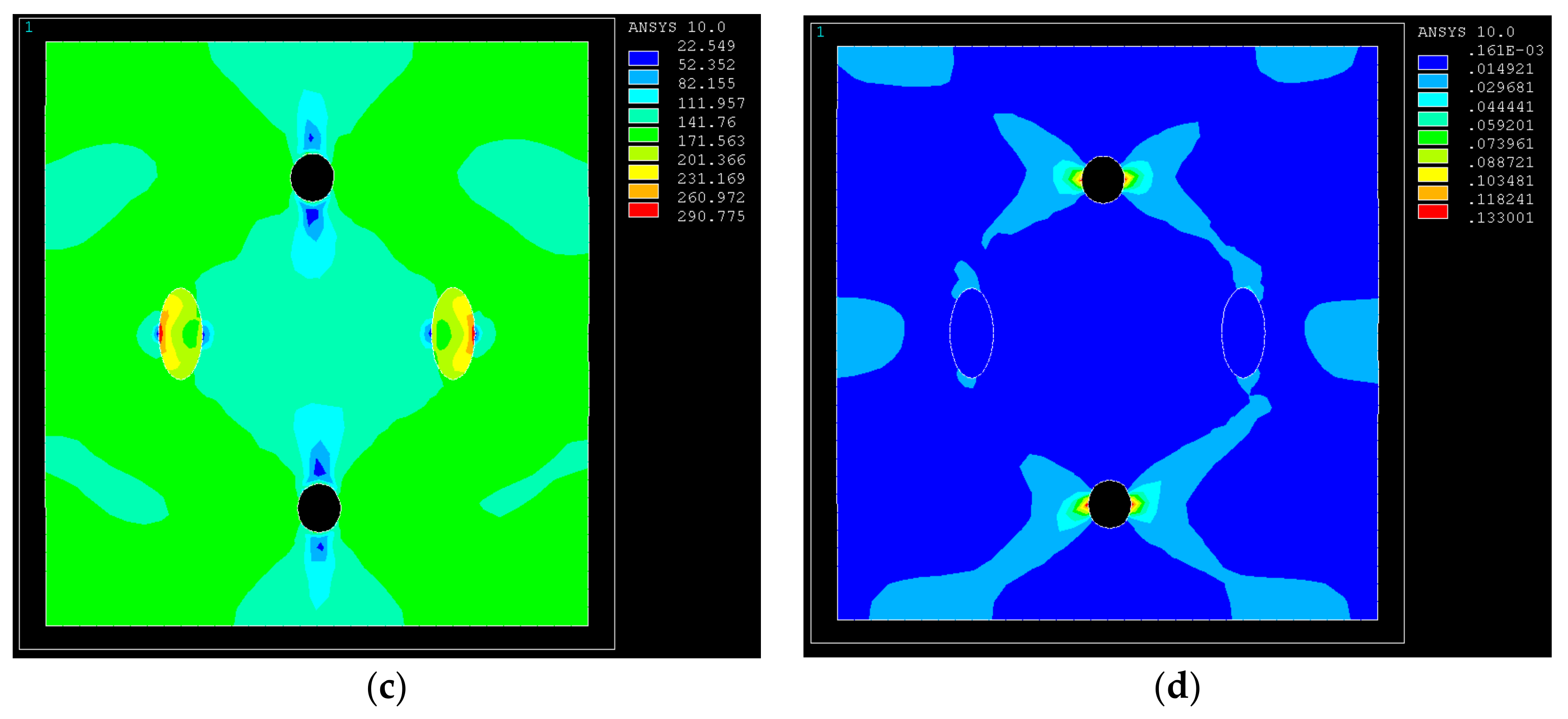
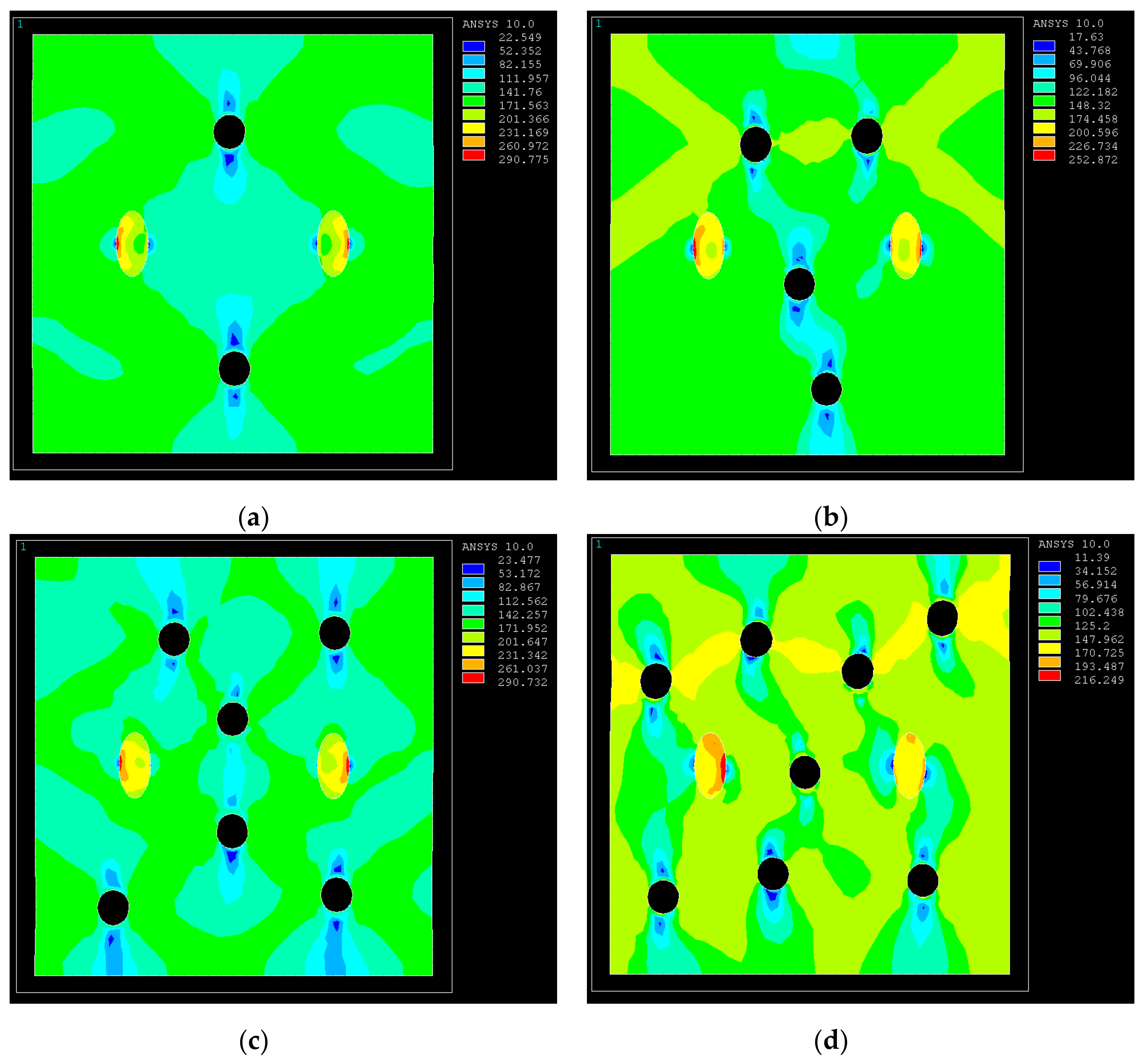
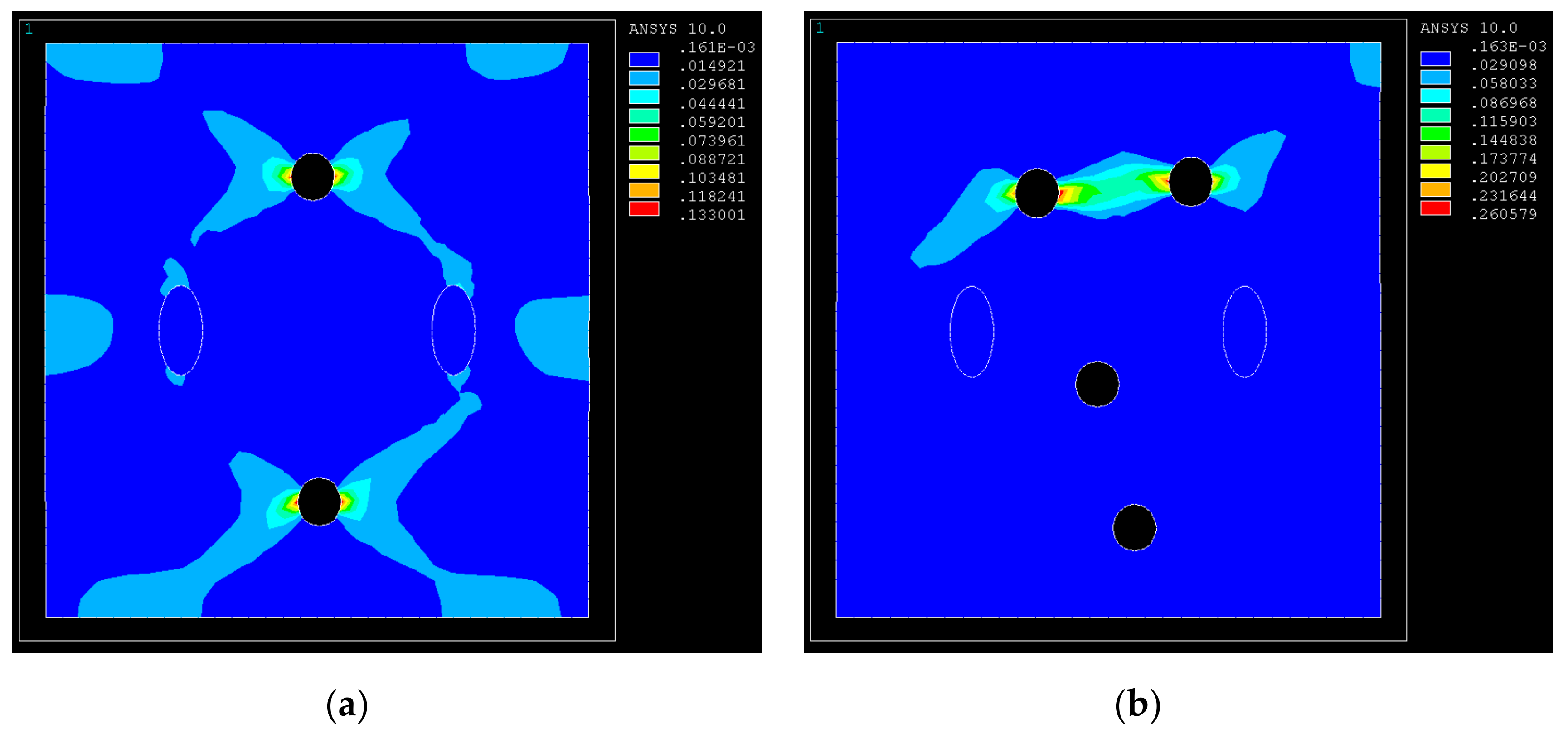
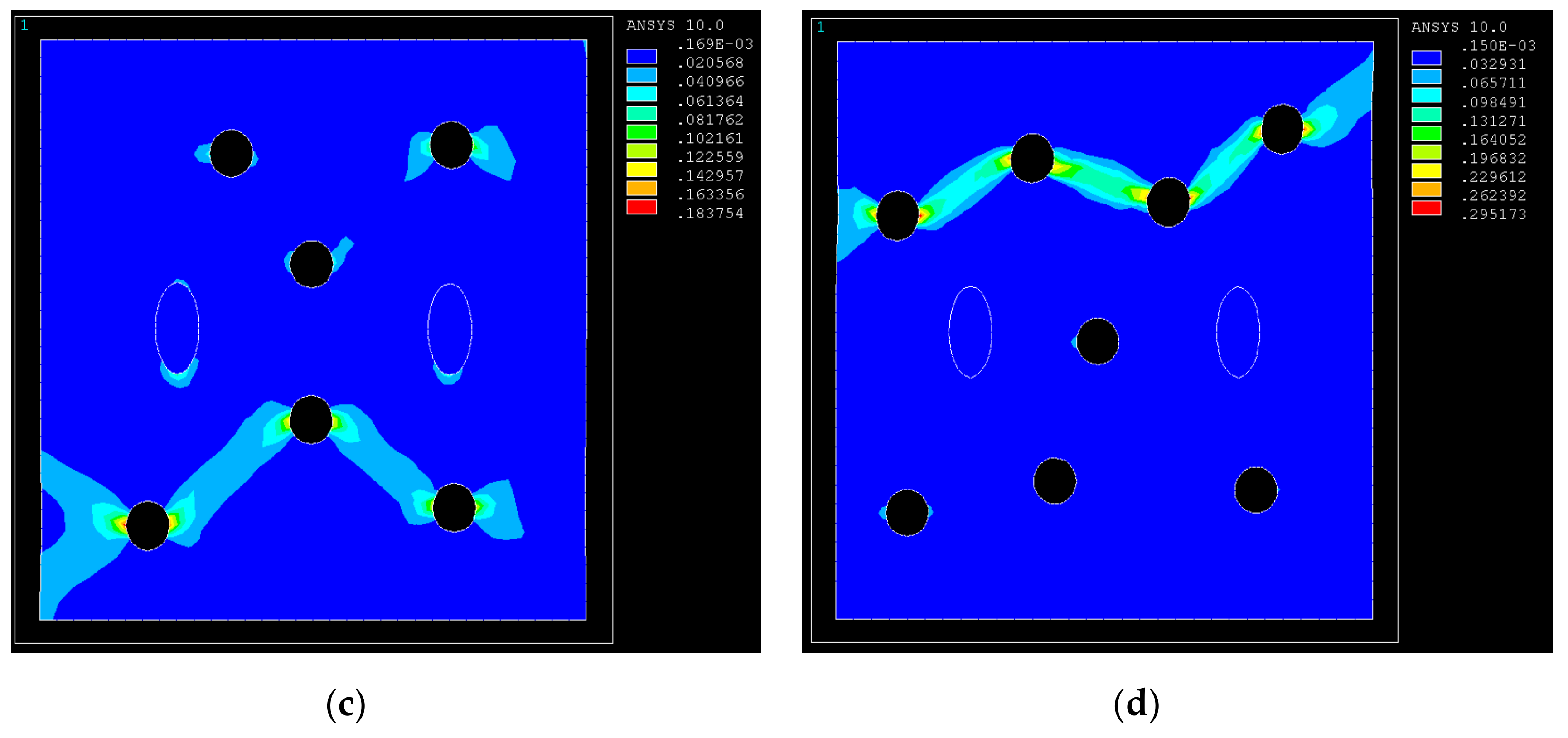



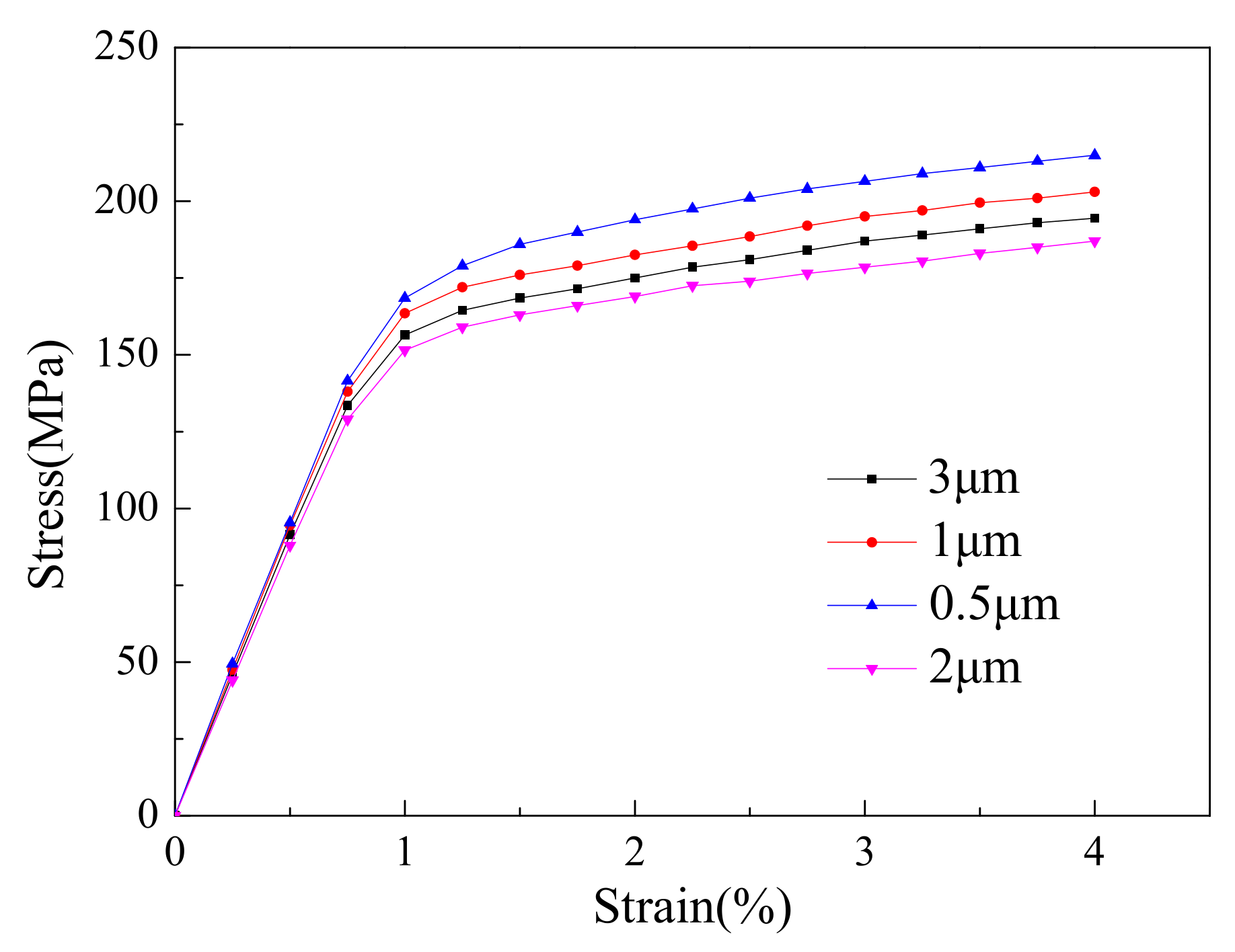

© 2020 by the authors. Licensee MDPI, Basel, Switzerland. This article is an open access article distributed under the terms and conditions of the Creative Commons Attribution (CC BY) license (http://creativecommons.org/licenses/by/4.0/).
Share and Cite
Li, D.; Song, S.; Zuo, D.; Wu, W. Effect of Pore Defects on Mechanical Properties of Graphene Reinforced Aluminum Nanocomposites. Metals 2020, 10, 468. https://doi.org/10.3390/met10040468
Li D, Song S, Zuo D, Wu W. Effect of Pore Defects on Mechanical Properties of Graphene Reinforced Aluminum Nanocomposites. Metals. 2020; 10(4):468. https://doi.org/10.3390/met10040468
Chicago/Turabian StyleLi, Duosheng, Shengli Song, Dunwen Zuo, and Wenzheng Wu. 2020. "Effect of Pore Defects on Mechanical Properties of Graphene Reinforced Aluminum Nanocomposites" Metals 10, no. 4: 468. https://doi.org/10.3390/met10040468




